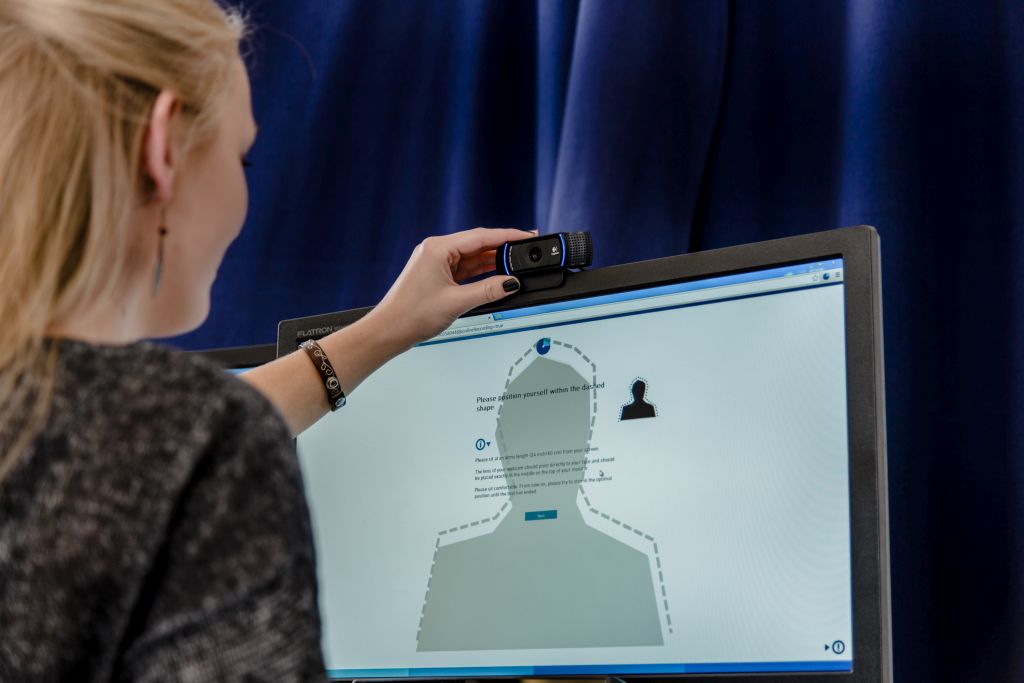Emotions are not only a set of gestures and movements on the face triggered by the contraction of facial and corporal muscles in certain ways, but they are also the triggered by neurons. There are seven basic universal emotions: fear, anger, joy, sad, hate, disgust, and surprise.
Emotions are formed in our brain. Brain has the most important job to do in emotional mechanisms. Emotions affect cognitive functions, and cognitive functions control emotions. Emotions of people against anything kind of stimuli that they see, voice, taste or feel are actually the responses from the central and autonomous nervous systems.Some scientists claim that these responses are open to genetic tendency, but there is no evidence in the literature on this matter. Facial muscles are triggered by the autonomous nervous system and deep brain structures (i.e., Amygdala, Orbitofrontal cortex, Anterior cingulate cortex and the activation of Insula).
Experiences, experiments and studies reveal and emphasize how effective emotions are in all areas of life today.It is very important that we recognize each other’s feelings so that we can empathize with the people in our lives and predict what their next steps will be.In order to express ourselves to the people around us, we must first be able to understand and express our own feelings.
Today, people’s emotions are analysed through the expression of facial muscles.However, the measurement and analysis of emotions should be carried out by neuroscientists themselves with proper measurement methods that will go into the literature, and statistically significant scores should be reported. Statistical significance means that the commonly feel the same emotion against the stimuli presented to them. It is necessary to evaluate the emotions against each visual/auditory stimulus presented and to make a individualised emotion mapping.
Whatever you do in all areas of life – appeal to the emotions! Facts and figures are never enough, words count up only to a certain point, logic never functions properly… Emotion is required for decision!
On this matter, Antonio Damasio, a Neurology and Psychology Professor at the University of Southern California, says, “We are not thinking machines whoalso feel; we are rather feeling machines who also think”. This seems to change the cliché “do not involve emotions in decision-making!”Today, the theory ‘first feel, then do, think last’ is being narrated in the training of individuals, since the emotions create action and trigger decisions.




